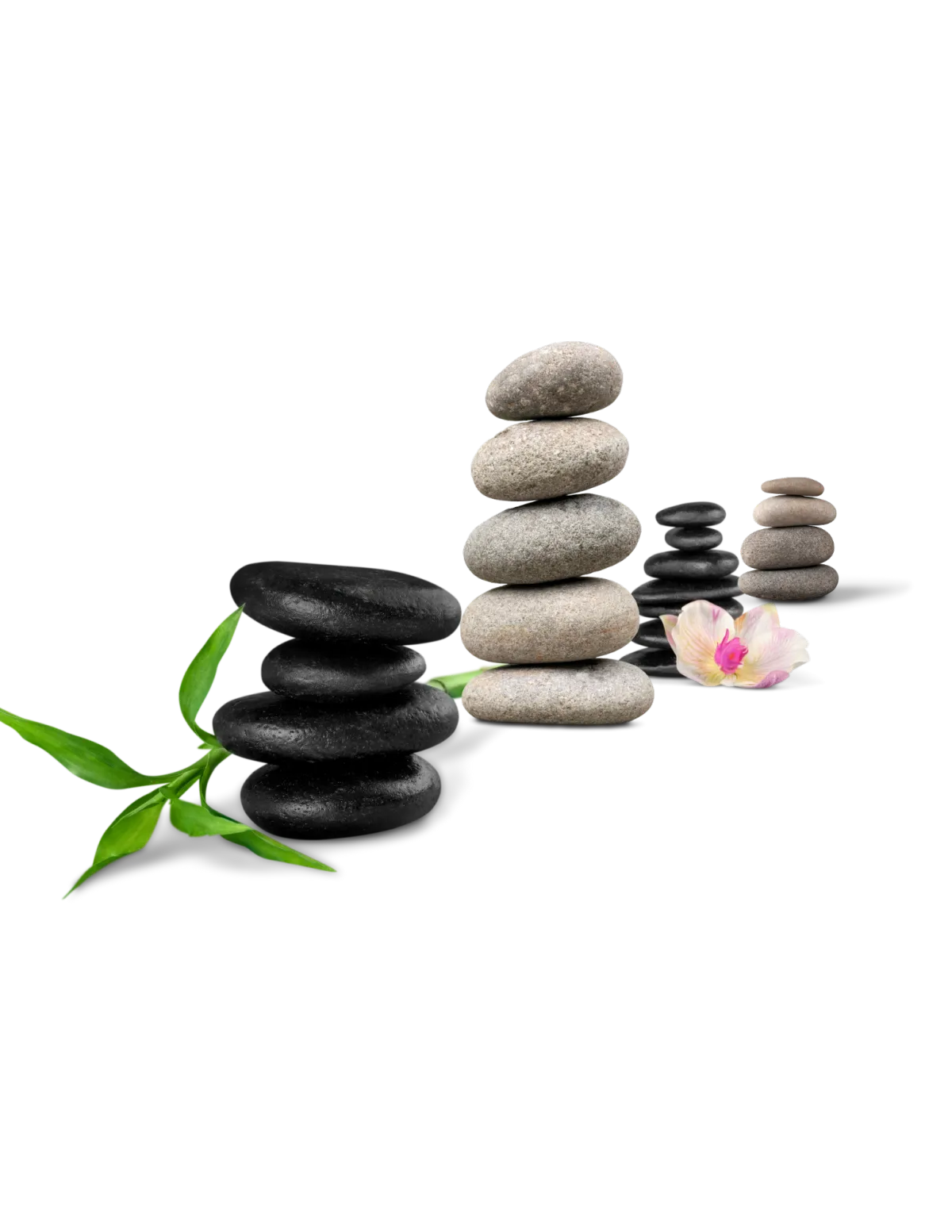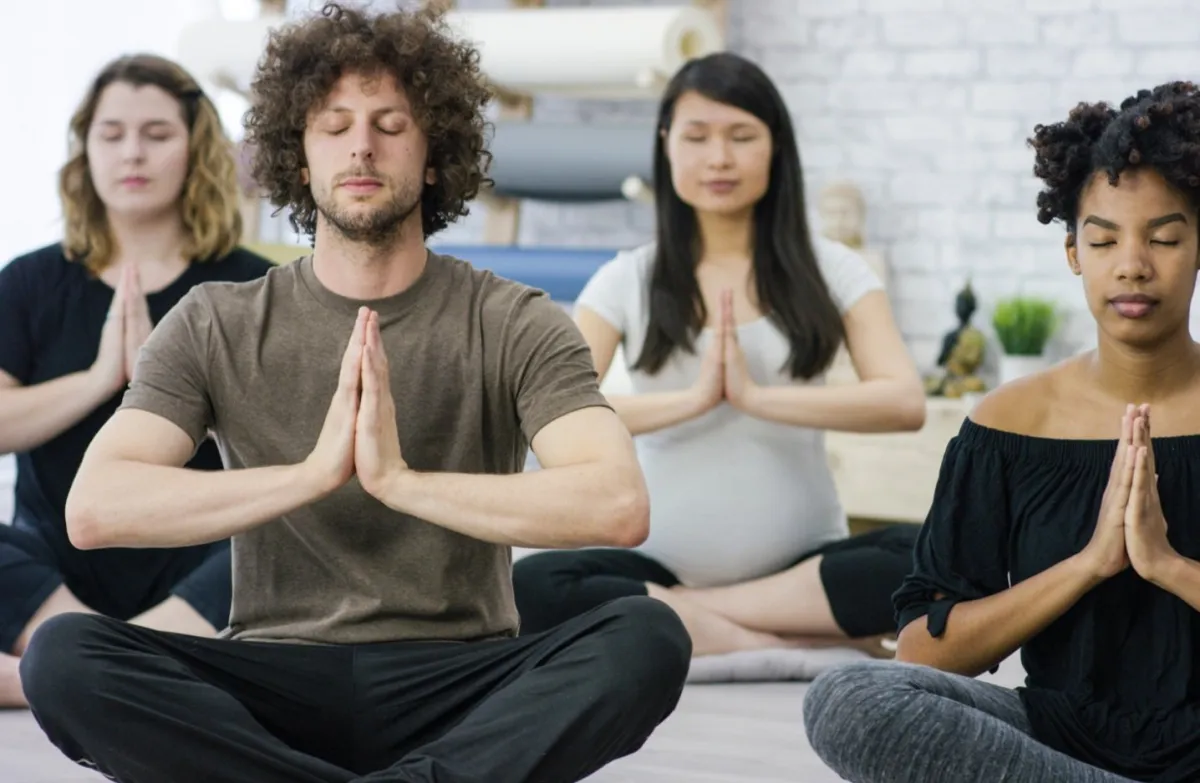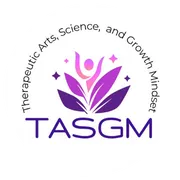'Education & Wellness, using Arts & Science to bring forth mindfulness, clarity and creativity'
TASGM is an integrative approach to using and combining the many disciplines of Art and Science to encourage confidence, motivation and promote stress release. The program, though structured, has a free flowing approach to allow participants the flexibility to enjoy the process rather than focus on the end product.
In addition to some of the educational benefits of the program, participants will be able to learn tools to help manage and release stress. The workshops are theme focused allowing participants to focus on the present moment, encouraging mindfulness. Most of all, the curriculums are designed to invoke creativity, imagination and fun.
Why are the arts so important to TASGM?
For youth, the arts are important for the following reasons:
• Promoting creativity and self-expression
• It can help to develop emotional intelligence
• Improving cognitive and motor skills
• Boosting self-esteem and confidence
• Encouraging cultural awareness and appreciation


For adults, the arts are important for the following reasons:
• Personal fulfillment
• Stress reduction
• Cognitive development
• Social connection
• Creative expression
Can science be therapeutic?
Science can have therapeutic benefits for individuals in several ways:
• Understanding and managing mental health conditions
• Promoting mindfulness
• Reducing stress
• Improving brain function


What are some categories of the Arts?
For youth, the arts are important for the following reasons:
• Visual Arts: Drawing, Painting
• Design Arts: Jewelry Design
• Applied Arts: Origami, Make-up artistry
• Performing Arts: Music, Singing, Dancing
• Performance Arts: Environmental Art, Land Art, Collage
Why is meditation important to TASGM?
Meditation in the curriculum is important for several reasons:
• Helps reduces stress and anxiety
• Improves concentration and focus:
• Enhances emotional well-being:
• Lowers blood pressure and improves physical health
• Increases mindfulness


Earth science: We dive into geology, meteorology, oceanography, and environmental science. We believe that the best way to protect our planet is to learn how it works.
Physical science: We explore non-living systems that include subjects such as physics, chemistry, astronomy, and materials science.
What are some categories of science?
Life science: The study of living organisms is so exciting! We explore biology, biochemistry, genetics, and zoology.
Social science: The study of human behavior and society, anthropology, psychology, sociology, economics, and political science.
Formal science: The study of formal systems such as mathematics, logic, and theoretical computer science.
Applied science:
Scientific knowledge to practical problems we include subjects such as engineering, and technology too.
Are there different types of meditation?
There are many different types of meditation, each with its own unique focus and approach. Here are a few examples we use at our TASGM workshops:
Guided Meditation: A type of meditation where an individual is led through the practice by an experienced instructor. During a guided meditation, the teacher will typically provide verbal instructions and prompts to help the individual relax and focus their attention.
The guidance may include imagery, visualization, or breathing exercises to help the individual achieve a state of relaxation and inner peace
Movement Meditation: This is a type of meditation that involves incorporating physical movement into the practice. It is a mindful and intentional movement practice that aims to promote awareness and inner peace.
Loving-kindness meditation: A practice that involves focusing on sending love and compassion to oneself and others.

Mindfulness meditation: This type of meditation involves paying attention to the present moment and observing thoughts and feelings without judgment
Heart rhythm meditation (HRM): This type involves conscious breathing and focusing on the moment. During this time you are accounting for your heart rate to help you focus on your meditation.
Chakra meditation: A technique that involves focusing on the energy centers of the body to promote balance and harmony.
Walking meditation: A practice that involves being present and mindful while walking, often in a slow and deliberate manner.
Yoga meditation: A type of meditation that is often combined with physical postures and breath work in the practice of yoga. (The meditation practice in the curriculum is chosen and modified per workshop)
What do art and science have in common?
Art and science are seemingly disparate fields, but they have many similarities and intersections. Here are some ways in which art and science share common ground:
• Creative problem-solving
• Observations and experimentation
• Aesthetic appreciation
• Communication and storytelling
• Interdisciplinary approach
• Continuous learning


Why is Growth Mindset important to TASGM?
Research has shown that adopting a growth mindset can lead to greater resilience, achievement, and motivation in various domains, such as education, sports, and the workplace. By embracing a growth mindset, individuals can develop a more positive outlook on learning and personal development, leading to greater success and fulfillment in life. Individuals that practice a growth mindset know that they can learn and achieve a lot by:
• Asking for help when they need it
• Not being afraid of making mistakes
• Trying different things
• Working hard and efficiently
• Practicing creativity
• Training will improve skills and abilities

